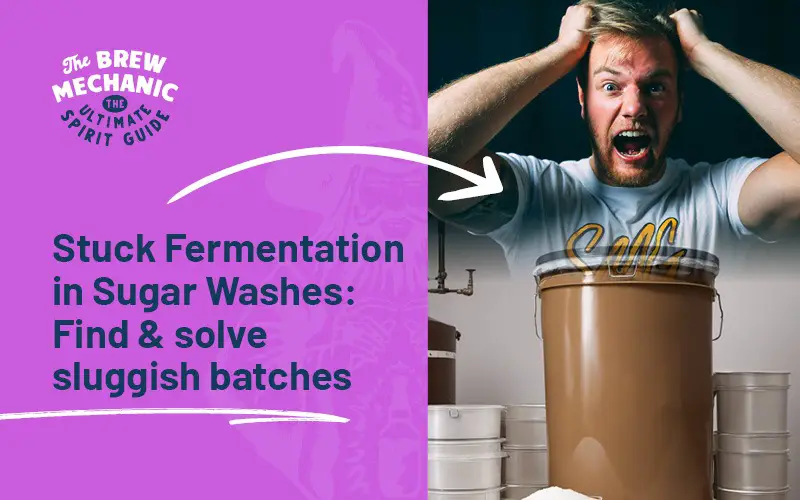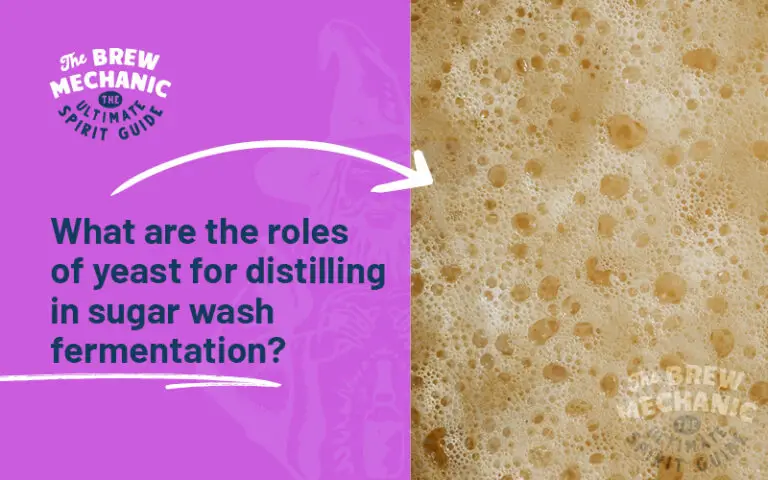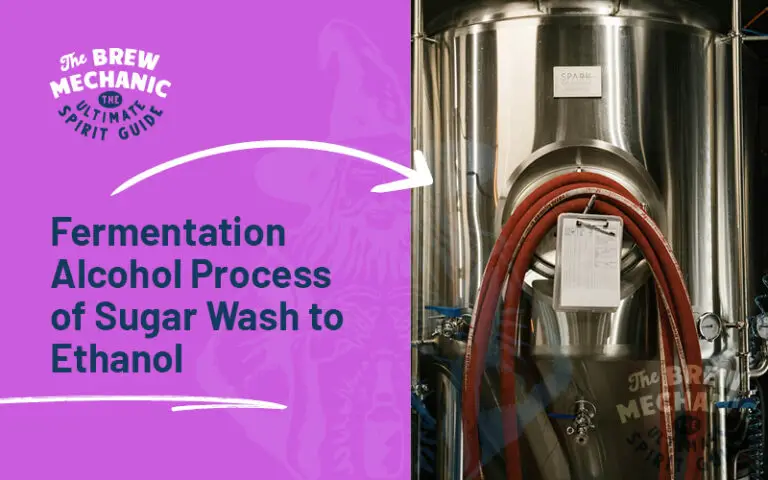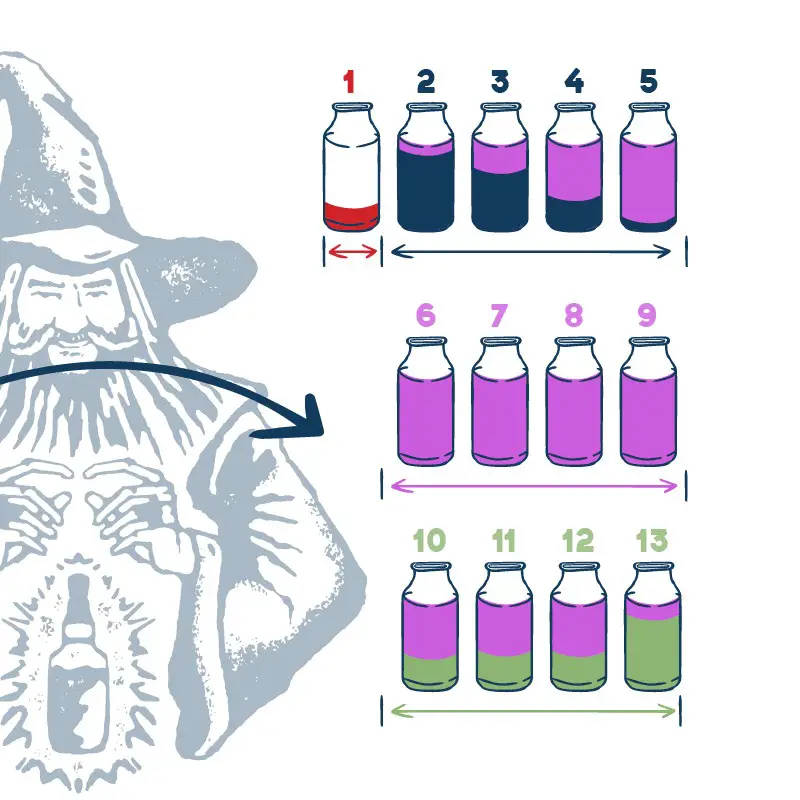Stuck Fermentation in Sugar Washes: Find & solve sluggish batches

Disclaimer: This post might include affiliate links, through which I may earn a small commission without any extra cost to you. Additionally, I am an Amazon Associate and earn from eligible purchases. All the products and services I suggest are ones I have personally used or would use. Thank you very much for your support if you decide to buy through any of my links!
Come join the Distilling Squad!
Get the best fundamental tips & tricks here. Woohoo!
Sugar washes are the foundation for many delicious homebrew spirits, but even the most seasoned distiller can encounter a frustrating scenario: stuck fermentation. Don’t despair!
With some troubleshooting and understanding of the underlying causes, you can often revive your sluggish wash and bring it back to life in its fermenter ways.
Finding a stuck fermentation
Before attempting any corrective measures, it’s crucial to identify the culprit behind the stalled fermentation. Here’s a systematic approach:
Fix a stuck fermentation
Once you’ve identified the potential culprit, it’s time to revive your wash:
Prevention is Key with sluggish fermentation
While reviving a stuck fermentation sugar wash is possible, prevention is always the best approach. Here are some tips:
the key is to learn
By following these guidelines and being prepared to troubleshoot, you can ensure your sugar washes ferment smoothly and yield delicious homemade spirits! Remember, even experienced distillers encounter occasional stuck fermentation. The key is to learn from them and enjoy the process of creating your own unique beverages.
Last Updated on Jan 29, 2024 by The Brew Mechanic
Disclosure: I may receive affiliate compensation for some of the links below at no cost to you if you decide to purchase a product or service. You can read our affiliate disclosure in our privacy policy. The information provided is for entertainment only.

With 35 years of knowledge of being a chemical engineer in alcohol manufacturing plants, my mission is to teach the next generation of home distilling alcohol brewers at a supernatural speed.
My reviews are based on real-life experiences with reflux stills, sugar wash, troubleshooting and mystical chemical reactions.







